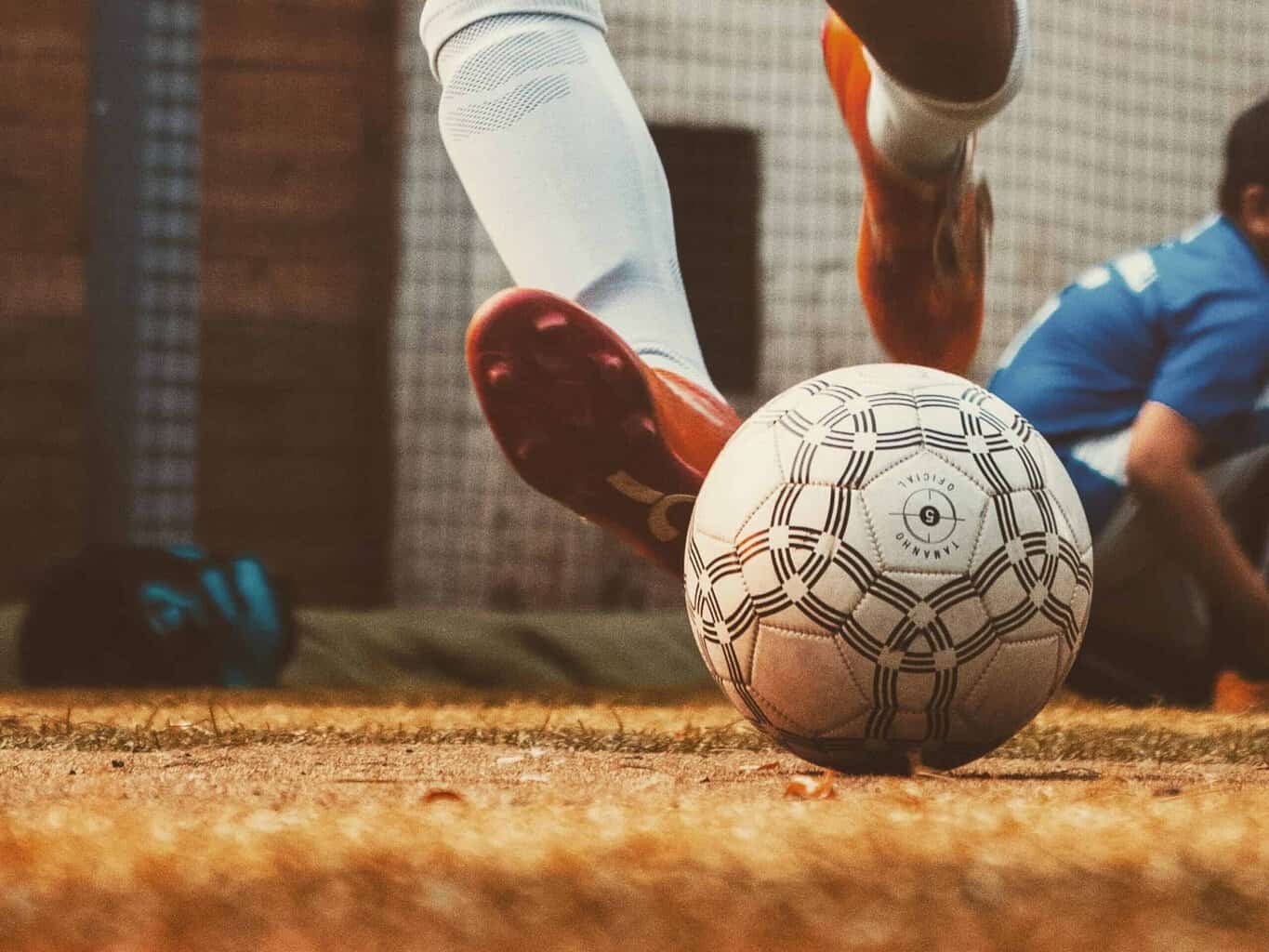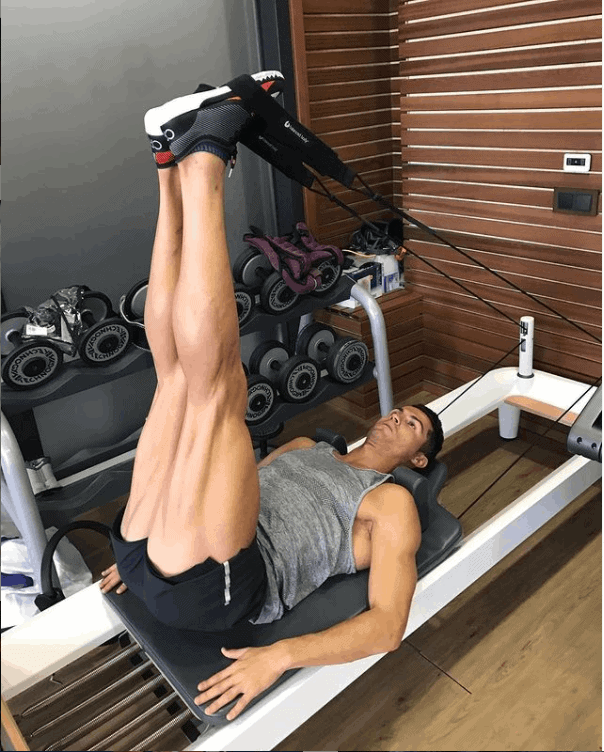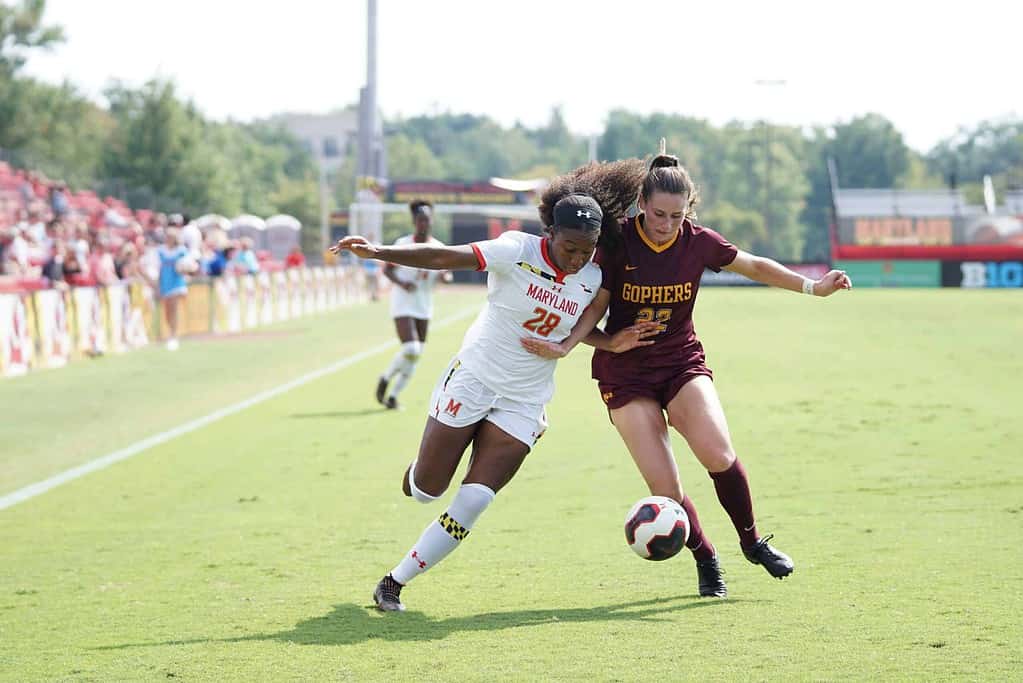How Pilates can help professional footballers

David Beckham and Cristiano Ronaldo do Pilates regularly as part of their fitness regime. This sums up why football players should do Pilates. That’s it! Finito! No other reasoning required to convince young footballers when the giants on the field swear by it. But we still need to hit the word count for this blog so read on to know the science behind it.

Source: Instagram @cristiano
Football
Football is a rigorous sport that demands rapid speed changes, pivoting, sideways and backwards displacement and jumping motions that combine all these movements. Although a lot of the work is done by the lower part of the body, upper body strength is required for throw-ins, for headers, and to maintain balance while shielding and goal-keeping. Most importantly, what is required is core strength to kick with force, lengthen your stride, throw at a distance and balance while swiftly changing the direction in which you are running.
Many great players miss out on crucial matches due to injuries that could have been avoided. Research shows that most football injuries are caused by trauma, either by having collided with opponents or from landing awkwardly after jumping for the ball. Nearly one third of all football injuries develop over a period of time, due to overuse or playing with slight injuries that develop into something more serious. It’s also been shown that older players are more liable to get injured, and women players suffer more injuries than males. You need to add a workout which lengthens the overused muscles and strengthens the oft neglected ones, while allowing for active recovery. This is where Pilates comes in.

Pilates can help footballers improve their game
Pilates is a full-body workout which is specifically designed to build core strength, improve mobility and flexibility, as well as coordination. All of these factors are critical to a footballer’s game. A strong core protects our spine, and stabilises your lumbopelvic region, helping you to aim and score that goal. Not only will this improve their performance on the field, Pilates also reduces the risk of injuries and improves recovery time. This has helped many football players extend the lengths of their careers, Cristiano Ronaldo being the prime example.
Multi-directional movements:
Football involves a huge range of movements, amongst them abrupt starts and stops, twists and turns, changes in direction, jumps, stretches, and slides. Because Pilates works the body through all three planes and axes of movement through most of its exercises, the benefits are all functionally transferable into your on-pitch movement.
Reduced fatigue:
The multi-directional nature of the sport means that footballers’ bodies need to safely absorb impact through a range of motions and directions. By improving the body’s movement patterns and strengthening the supporting muscles around the joints, training with Pilates can prevent fatigue especially during the latter stages of a game when muscles are tiring, technique suffers and there’s more risk to joints and ligaments.
Buns of steel:
Anybody who does Pilates will tell you the amazing burn they feel in their glutes with exercises that might look easy. You know that your glute muscles are essential for your kicking technique. Strong glutes help reducing impact on your groin, knees and hamstrings as well as in generating power while running or jumping. They stabilise your body while standing on one leg and skilling the ball past your opponent.
Increased Flexibility:
It’s a common trait in sports that involve short intervals of explosive speed and power that muscles shorten, lose flexibility and stiffen up, limiting their power and effectiveness, and increasing risk of injury. Footballers, especially tend to have stiff hamstrings and calves. By working on both length and strength of the muscles of the leg, Pilates helps in building a leaner form. The Reformer is the best equipment to work on building strong and long muscles.
Be unpredictable:
Most players favour a particular foot to strike the ball. With unilateral workouts, we help balance the left and right sides of your body too, so that your dominant side doesn’t take all the stress. Having the advantage of a bilaterally balanced musculature through Pilates can help you generate more power through your weaker leg and keep your opponents on their toes.
Agility of mind and body:
Agility is the ability to quickly respond, change direction and speed. It adds to the unpredictability of your technique as a footballer. Pilates makes you more aware of the body as you build a mind-body connect through breathing and centering practices. It not only helps your body, but keeps your mind agile and helps you swiftly change movements in crucial moments of the match.
Rehab post-injury:
Falling is part of the game, and unfortunately you cannot totally avoid injuries. Footballers tend to have major injuries in their knees and ankles. Twisted ankles and ACL tears are some of the nastiest ones. Pilates is a rehabilitative workout which can help you recover from these injuries. It makes you fit to play sooner than later. But if you have been doing Pilates as part of your routine earlier as well, the recovery is faster. As the body is accustomed to certain movements, the muscle memory helps the body to optimally align and heal quickly.
For any sports person whose program involves frequent high velocity and high intensity training, it’s important to build some active recovery into your workouts. Lower impact, lower intensity workouts like Pilates enable more emphasis on technique, form and posture, help the body recover faster and reduce injury risk.
The Pilates equipment is nothing like any other equipment you find at gyms. Once you get on the Reformer, you will understand the beauty of this machine, which has a moving bed and a variety of spring tensions. You can work on strengthening and lengthening the quads and hamstrings on the Reformer. While on the Pilates chair, you can work on balance and control. You can check out some of the matwork Pilates exercises for footballers in the latest Youtube video below. If you want to try out the equipment, you can book an appointment at your nearest studio.
We don’t think you need any more convincing to try Pilates out for yourself. Contact us to book an assessment session and get started on your journey to bend it like Beckham!
Written with Priyanka Gupta
